Aesopians E8 – How SaaS Companies Are Maintaining Brand Integrity and Operationalizing Growth with HubSpot Ft. Mohamed Hamad Of Third Wunder Agency
Last Updated: June 3, 2025
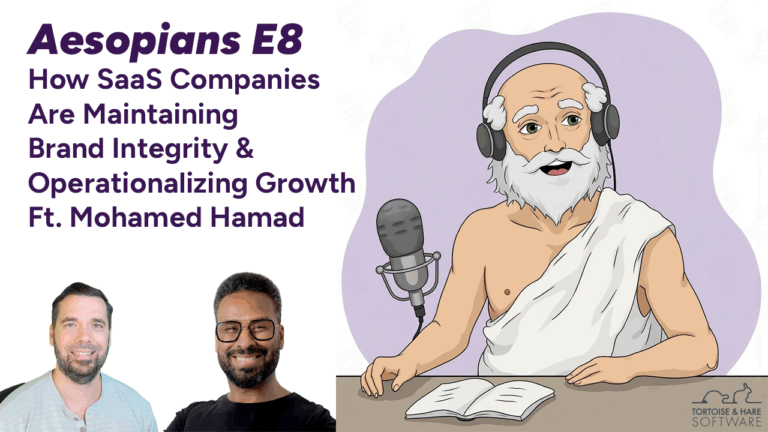
SaaS companies move fast—but if your branding and systems can’t keep up, growth can actually become a liability. In this episode of the Aesopians Podcast, host Hunter Nelson is joined by Mohamed Hamad, founder of Third Wunder, to explore how fast-growing software companies can maintain their brand identity and build the operational muscle needed to support long-term success.
Mohamed brings a sharp perspective on where SaaS teams typically break down and how tools like ACF and HubSpot can patch the leaks while still scaling effectively. He doesn’t just talk theory—he’s worked with mission-driven tech startups and global nonprofit orgs alike, giving him a unique vantage point on what actually works across different org structures.
Quick Links:
• Listen to this episode on Spotify
• Listen to this episode on Apple Podcasts
• Browse more Aesopians Podcast episodes
• Connect with Mohamed Hamad on LinkedIn
• Visit Third Wunder Agency
What You’ll Learn
- Why growth without structure threatens brand equity
- How ACF-based WordPress builds protect design systems
- Why SaaS companies often have a conversion—not traffic—problem
- How to operationalize CRM strategies with HubSpot
Building Structure into SaaS Marketing
“There’s a difference between growing fast and growing well,” Mohamed says. This insight underscores much of the conversation, particularly around web development practices. Many early-stage SaaS companies throw up landing pages, try five different CMS plugins, and allow different teams to edit content freely. While this may feel agile, it often leads to inconsistencies and technical debt that’s hard to unwind.
Mohamed highlights the use of ACF (Advanced Custom Fields) in WordPress development as a way to balance flexibility with control. With ACF, developers can create a reusable component library that marketing teams can use to populate pages without having to touch design elements directly. This enables faster iteration while keeping branding intact.
“When you build with ACF,” he explains, “you’re building a design system that can scale. Marketing teams get flexibility without risking brand erosion.”
The value here isn’t just technical—it’s strategic. ACF-based builds become an operational asset, reducing the dependency on developers for basic updates while keeping the integrity of your messaging and visuals tight. It also allows for better governance when scaling content production across teams.
Additionally, this approach reduces handoff friction between design and content teams. Designers don’t need to rebuild the wheel for every campaign, and content managers can stay focused on strategy rather than fighting the formatting.
Operationalizing SaaS Growth with HubSpot
The conversation naturally transitions into operations—and here, HubSpot plays a central role. For SaaS companies navigating complex funnels, growing contact lists, and fragmented martech stacks, it’s easy to lose sight of the customer journey. Mohamed sees HubSpot as the connective tissue that brings clarity to chaos.
“Most of the time, it’s not a traffic problem. It’s a systems problem. The data is there, but teams can’t act on it.”
HubSpot’s biggest value, according to Mohamed, is its ability to unify siloed functions: marketing, sales, service, and operations. Through tools like contact segmentation, lifecycle stage mapping, and lead scoring, SaaS teams can prioritize the right actions at the right time. Automation workflows help reduce manual labor, while centralized dashboards help surface insights without the need for third-party tools.
He also dives into how SaaS leaders can think about user journeys more holistically. Rather than focusing on vanity metrics like email open rates, HubSpot allows you to build conditional logic around customer behaviors. For instance, a user who views the pricing page twice in a week might trigger a tailored outreach sequence, while less engaged contacts are routed into nurture tracks.
Mohamed emphasizes the importance of aligning internal teams around shared KPIs—ensuring that marketing is generating quality leads and sales is equipped with the context to close them. With HubSpot, alignment isn’t aspirational—it’s baked into the platform’s ecosystem.
When Systems Support SaaS Brand Development
As Mohamed puts it: “If your back office doesn’t reflect your front-end promise, you’re going to lose trust.”
That’s the crux of this episode: when your systems are dialed in—both externally through your website and internally through CRM workflows—your SaaS company can scale without losing what makes it special.
Systems don’t just support growth—they shape it. Without a reliable CRM and website structure, SaaS companies can unintentionally send mixed messages, confuse prospects, and create friction that stalls momentum. The way your team operates behind the scenes ultimately reflects in the customer experience.
And in crowded SaaS markets, customer experience is your brand.
From CMS governance to CRM automation, Mohamed lays out a blueprint for operational excellence that scales with your ambitions. For SaaS leaders serious about sustainable growth, this episode is a reminder: don’t just move fast—move smart.
Catch the full conversation with Mohamed Hamad for more strategies on building smarter, scaling smoother, and staying true to your brand.
Learn more about SaaS marketing services.


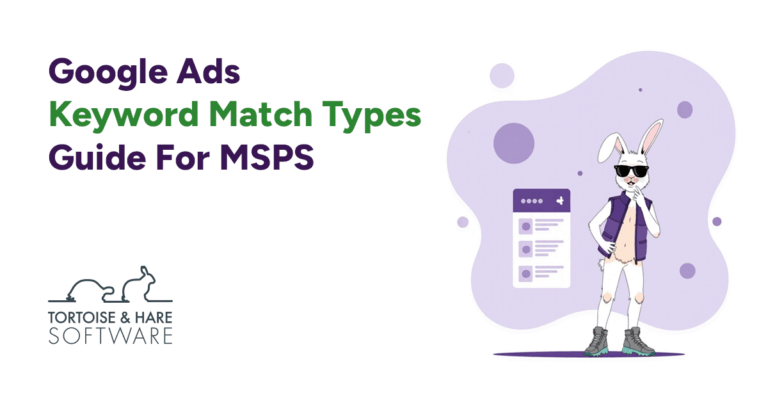
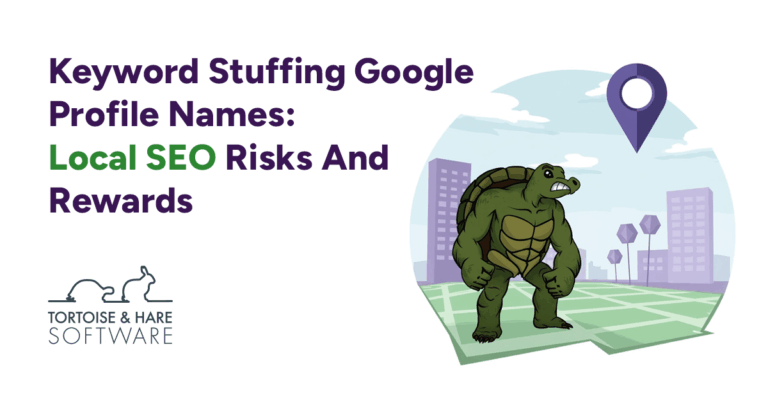

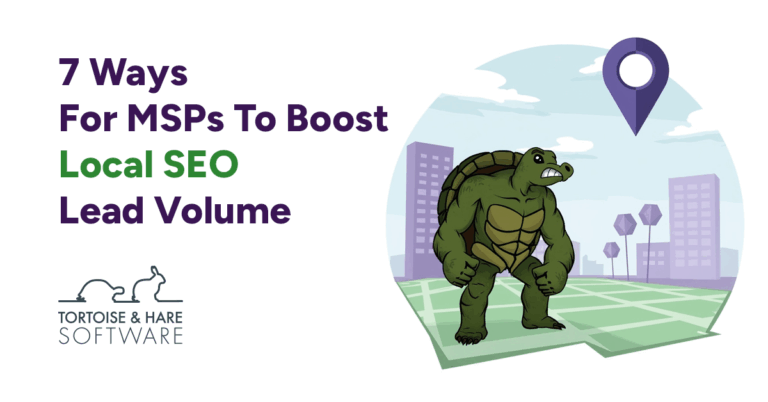
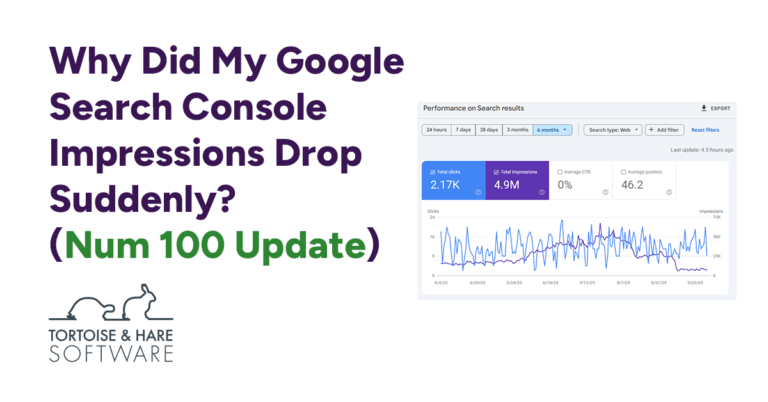
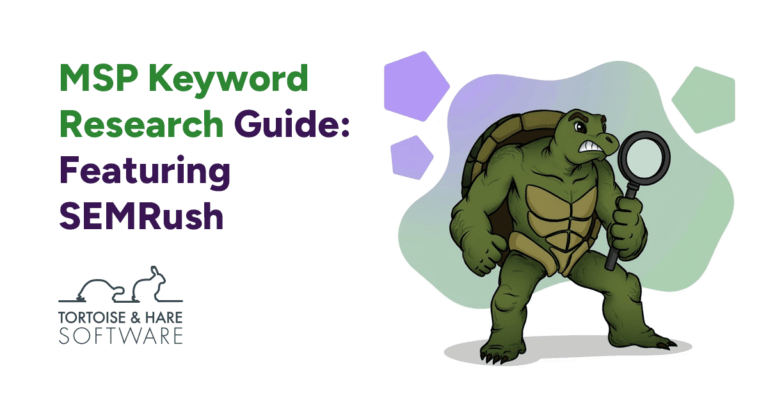
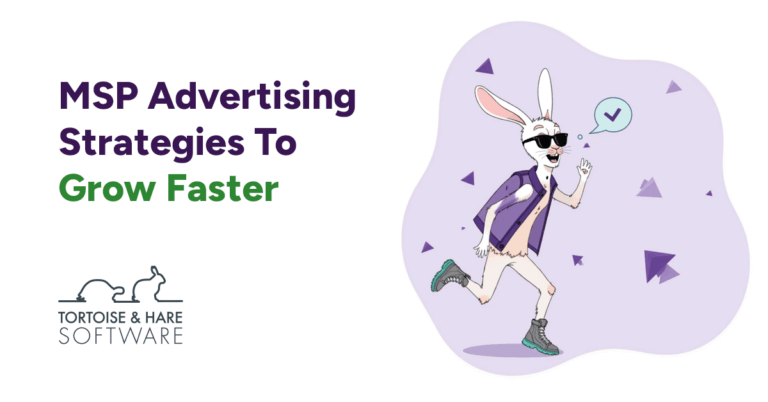
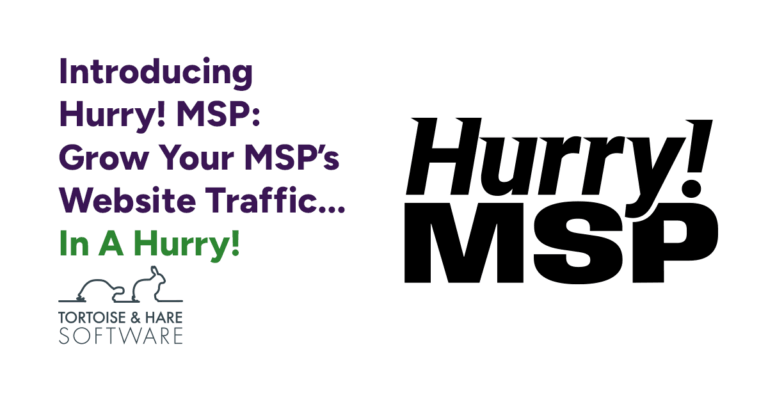
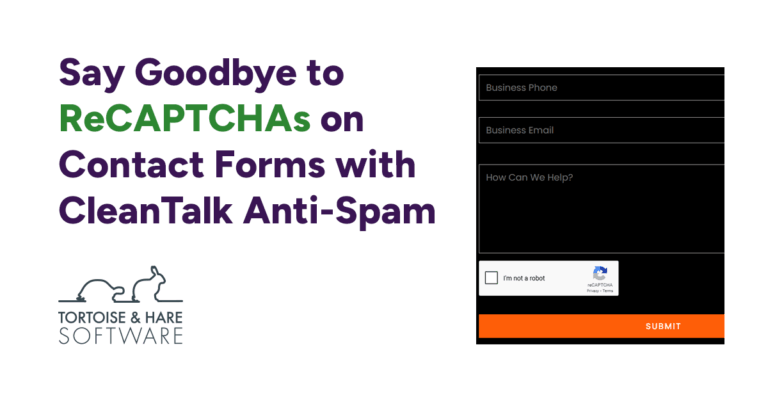
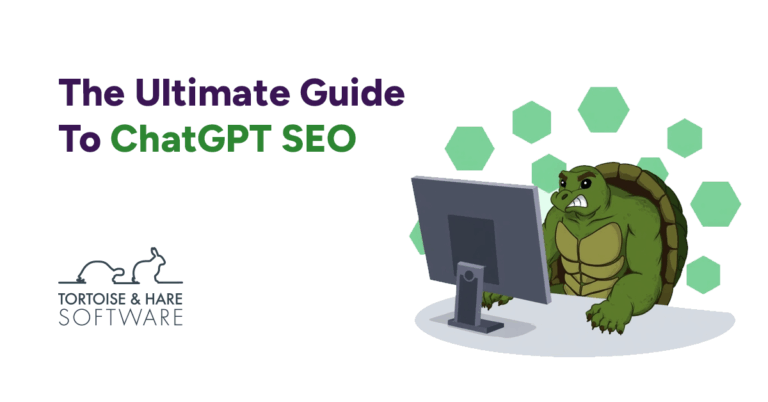

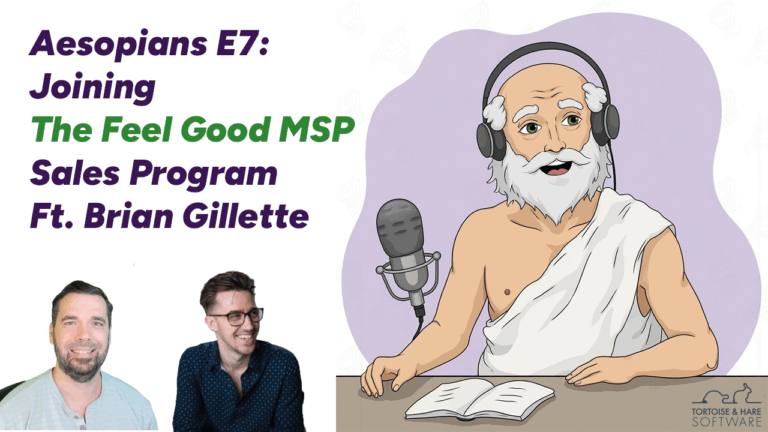
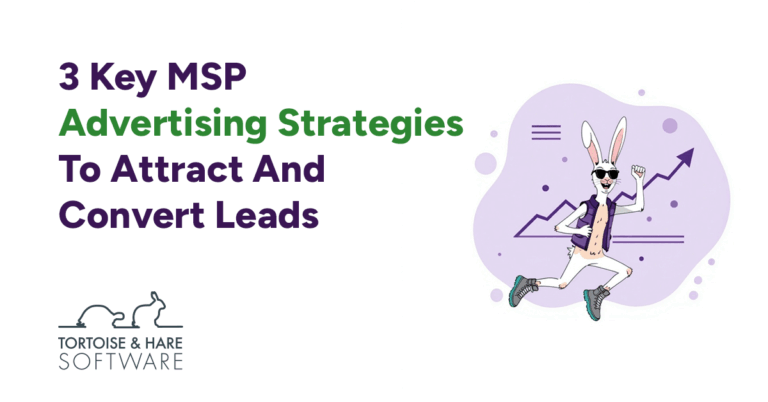
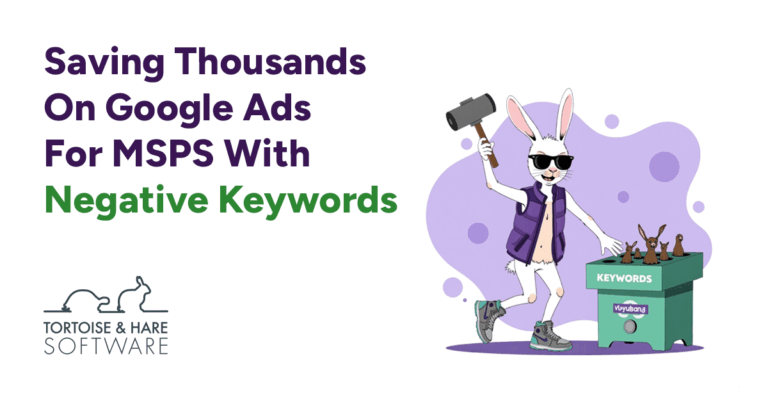
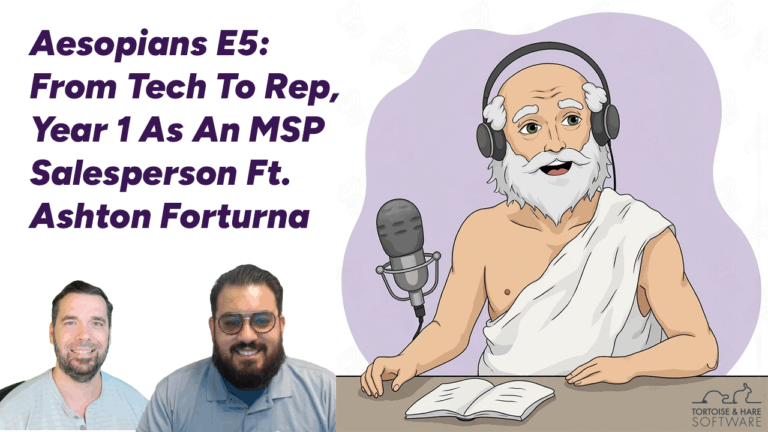
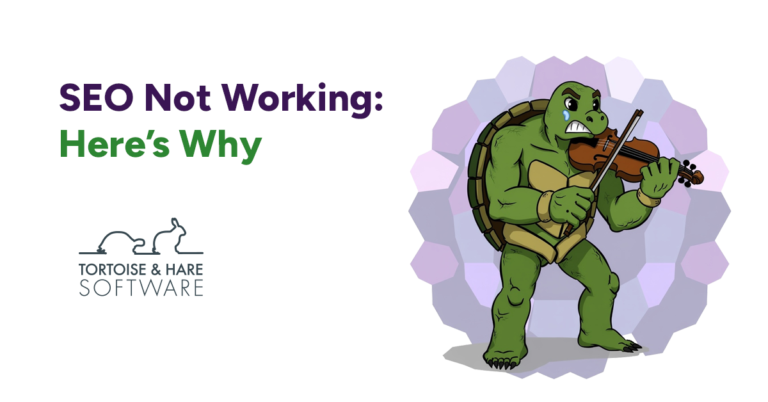
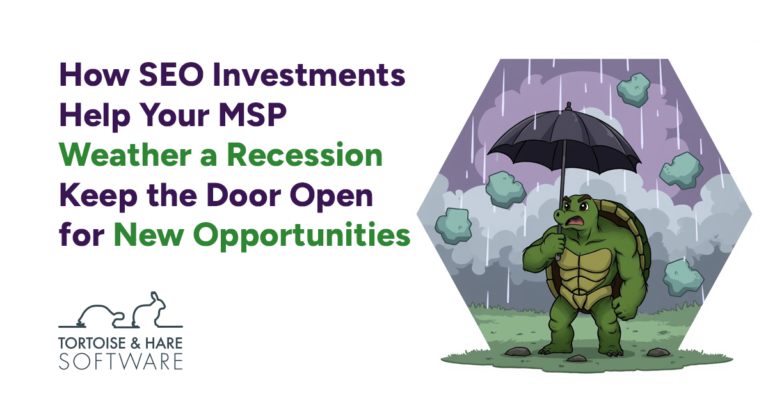
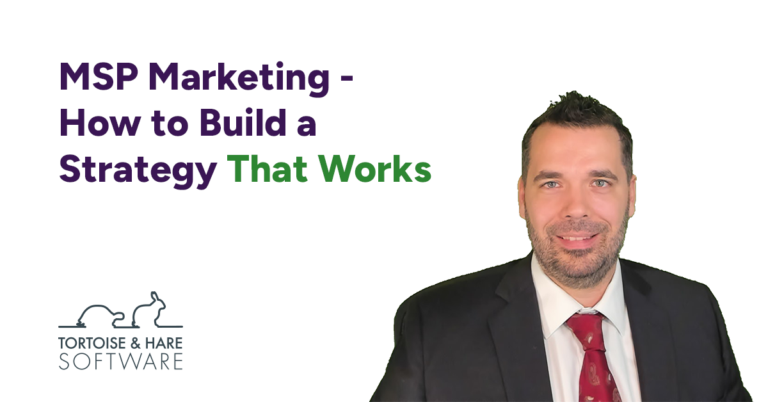
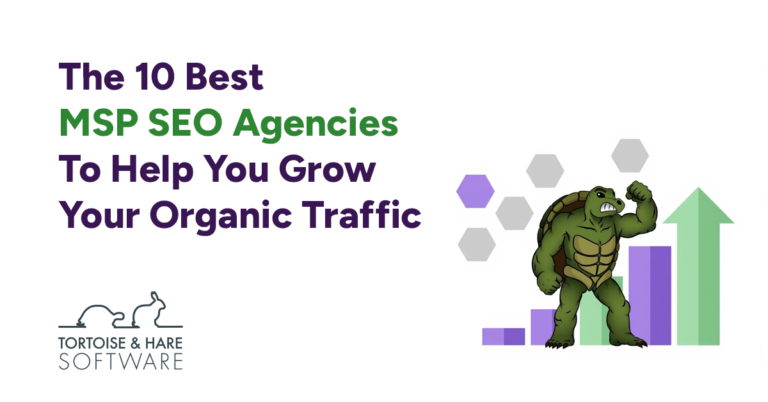
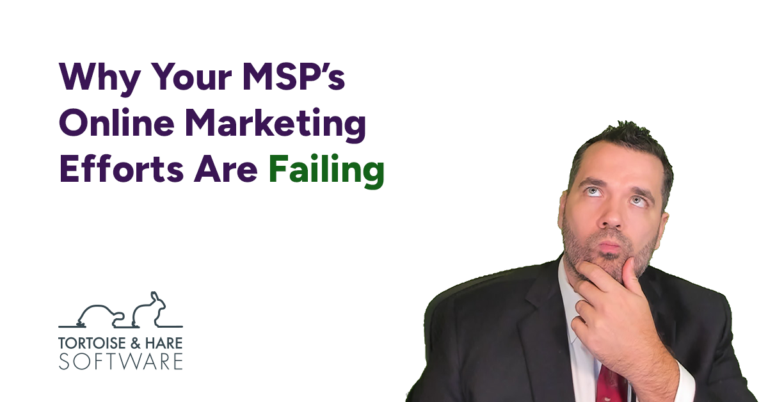



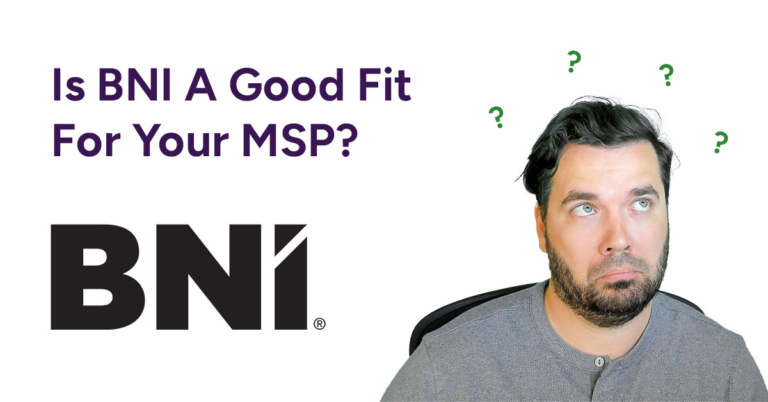

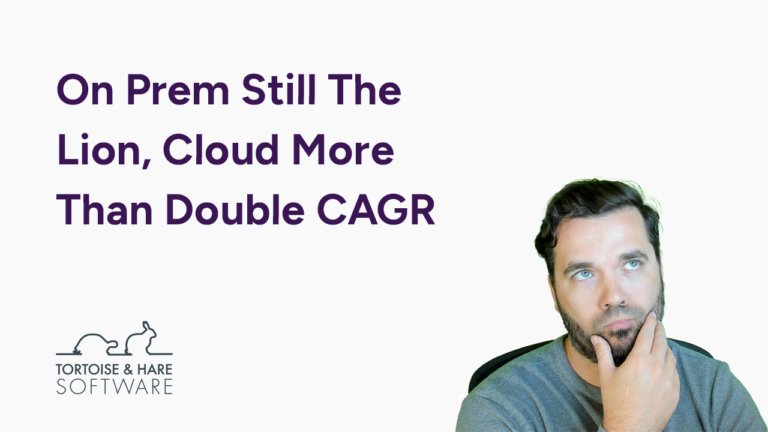
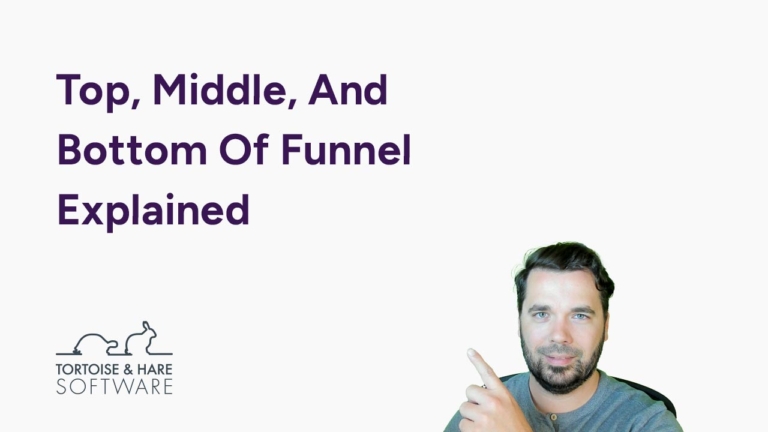
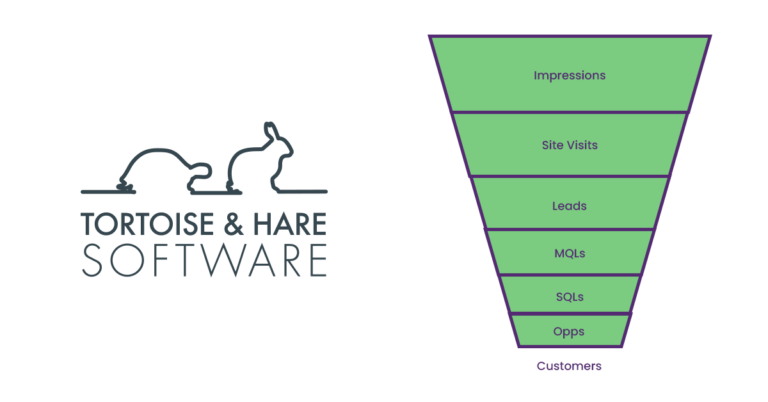
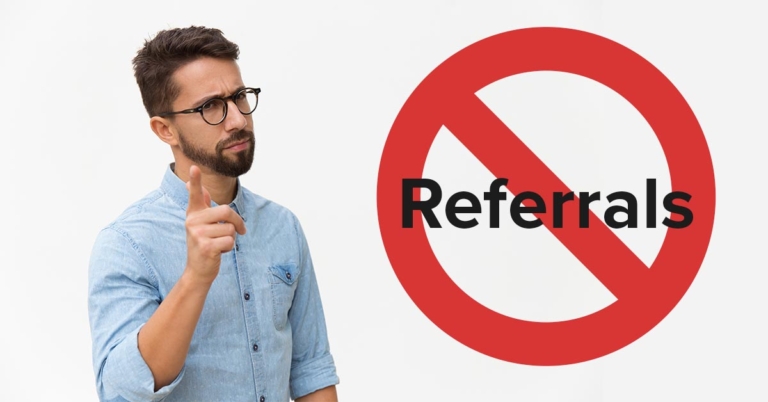
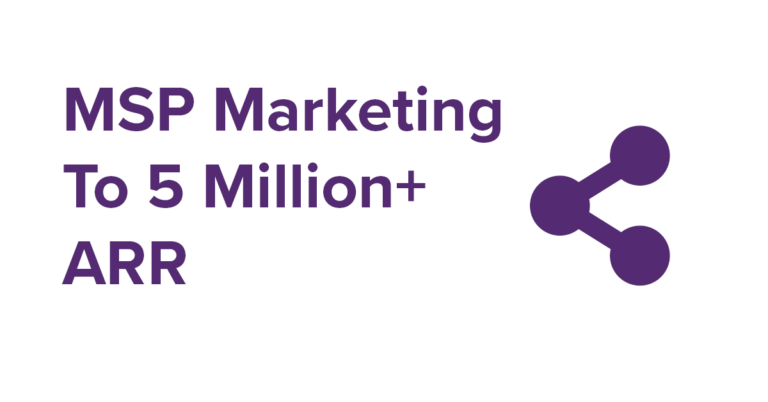
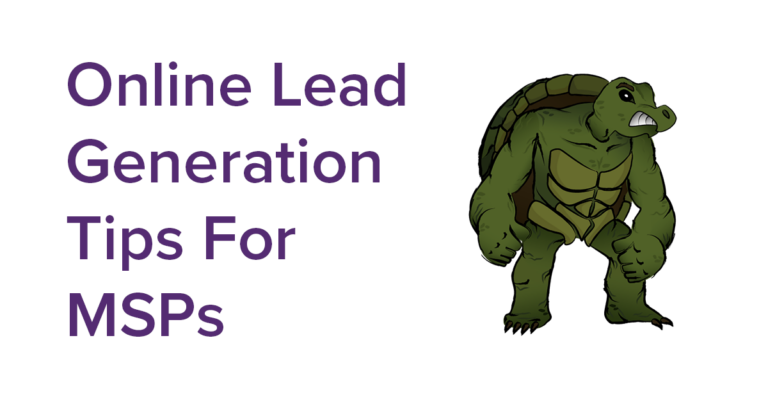

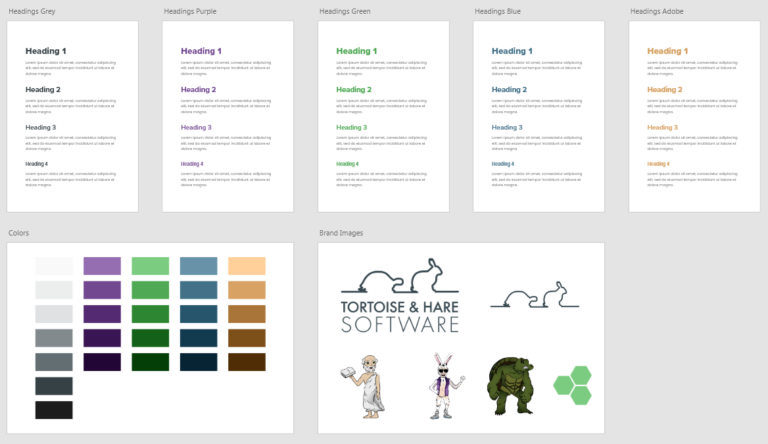



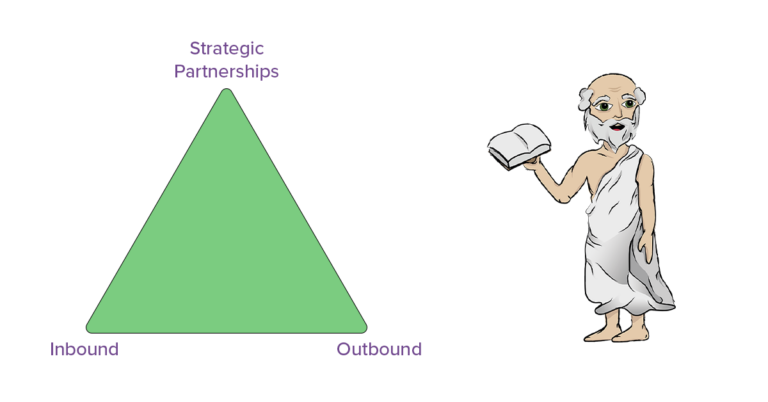


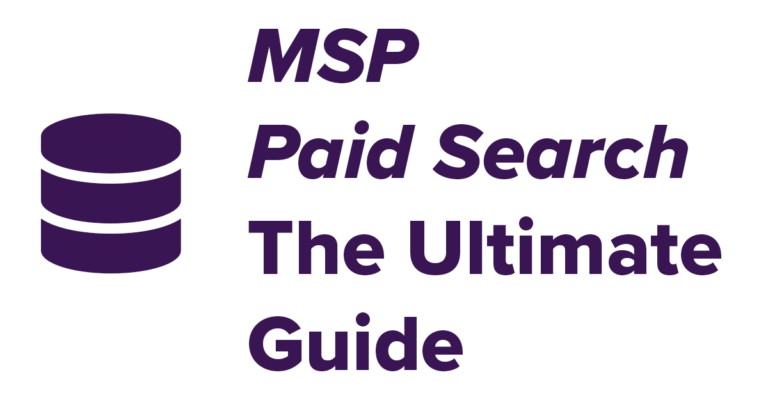
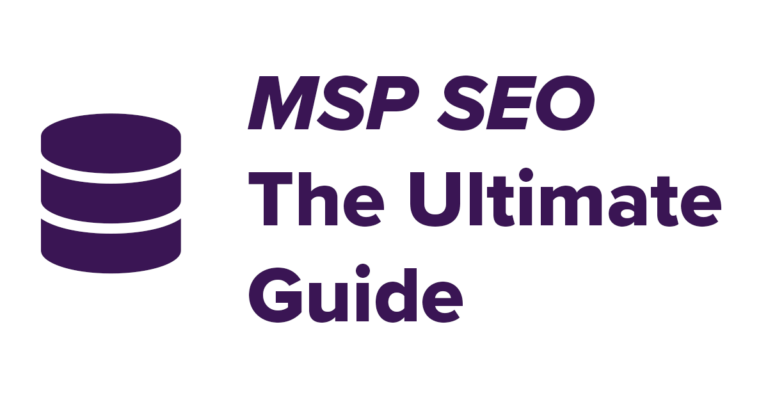


Leave a Comment